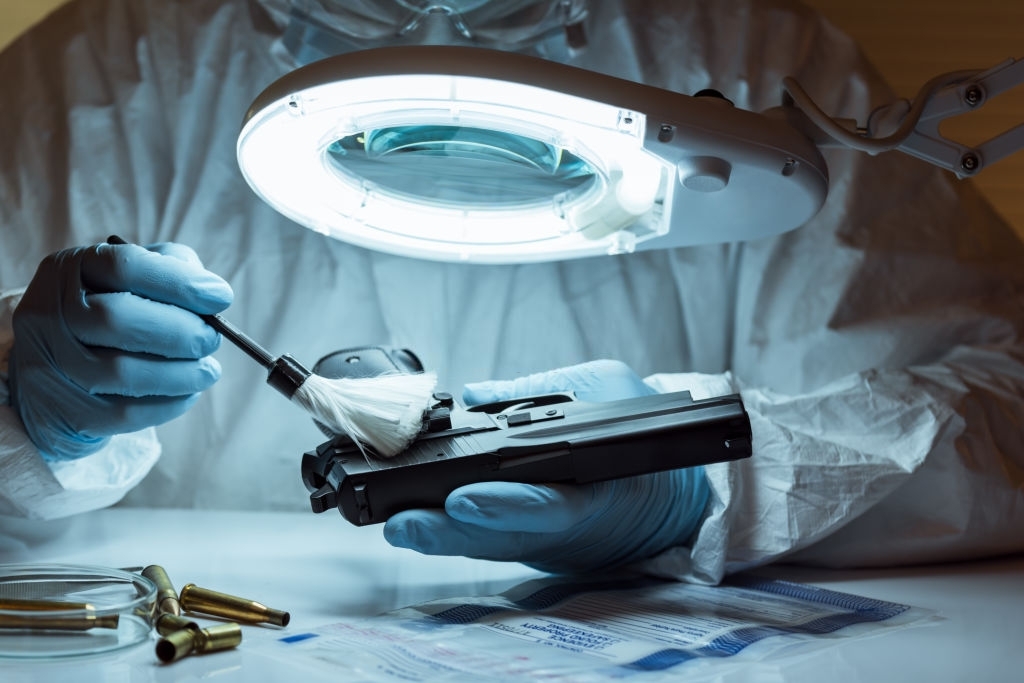Forensic pathology lies in the field of forensic medicine dealing with examining the deceased individuals. Usually, a forensic pathologist interrogates after receiving a formal request from the prosecutor. However, the codification of forensic pathology varies country-to-country.
A forensic pathologist provides medical assistance based on tried and tested experiments in the investigation, and the process continues until any final decision has been taken. The purpose is to serve justice being a medical expert. The forensic pathologist’s role is contrary to that of a clinical physician, as the pathologist often plays the role of an advocate for the patient (Eriksson, 2016).
They play a crucial role in crime scene death investigations.
Sherlock Holmes, a fictional detective, has been an inspiration for the founders of forensic science.
“It has long been an axiom of mine that the little things are infinitely the most important.” ~ Sherlock Holmes.
Flawed hair testimony
Hair is one of the most recurring evidence found at the crime site. Forensic investigators often look for the physical differences in hair to determine if they match with those of the suspects’. Like the case of Donald Gates (2009), who stayed imprison for 28 years for the crime of rape and murder, he had not committed actually. In my opinion, two hair samples might look the same, as hair analysis is not objective enough. Donald Gates was exonerated from the blame of suspecting a felony when the DNA test absolved him free.
Thus, relying on flawed hair analysis could not be worthy as its demand for retrials and exonerations. DNA testing is considered more objective in cases where other shreds of evidence also exist.
Though forensic science is open to bias, it also provides vital cues to catch the suspects.
Similarly, fabricated pictures are not a new phenomenon. They are considered to be enough to mislead a person for everything. In 2008, Iran manipulated the photo taken of a missile test for a military show where one of the missiles failed to launch, and it was made to look like it did launch.
Being unable to understand the pieces of evidence might lead to wrongful convictions.
The forensic pathologist holds importance in interrogating criminal cases, and they are in a position to make or break the case. However, several other reliable methods like DNA, fingerprints, and other forensic tools are available for investigative purposes. Despite this, medicolegal systems in many countries rely upon brutal and insensitive ways of investigation.
Accessibility to advanced techniques is not sufficient enough in most criminal situations. It needs passionate pathologists and investigators endowed with bioethical training, advance forensic skills, knowledge, and technology to get the best job done with enhanced professionalism.
Failure of forensic testimonials to specify the validity of results by the error rates of methods and situations may increase wrongful convictions.
Testimony of faulty forensic analysis may contribute to the unjustified judgment of innocent people. There are advanced technology tools that detect fake or fabricated images and videos automatically.
Reference
Eriksson, A. (2016). Forensic Pathology. Forensic Epidemiology.151–177. Retrieved from https://doi.org/10.1016/B978-0-12-404584-2.00006-9

